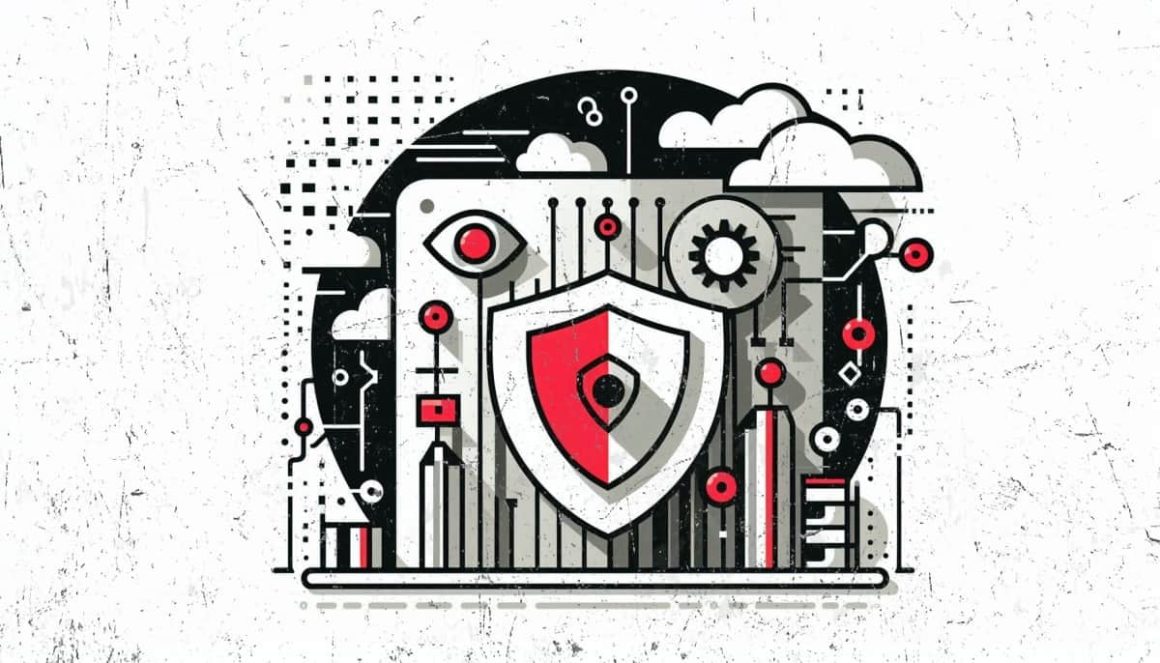CI/CD is transforming software delivery by automating integration and deployment, reducing errors, and boosting agility. Essential for meeting evolving demands, it enhances flexibility, scalability, and team collaboration, aligning perfectly with Agile methodologies.
With the ever-increasing role of software development and delivery business models, the industry is necessitated to continuously search for methodologies, practices and enablers that offer process improvements, especially resulting in faster turnarounds, and at the same time are modular enough to meet ever-changing business demands.
Continuous Integration (CI) and Continuous Delivery (CD) or CI/CD is one such pipeline model that has evolved a lot over the last few years and has been increasingly adapting to the industry’s needs, by offering the scale, flexibility and modularity that the industry was striving for, not to forget its ability to fit perfectly with the Agile framework.
CI and CD practices are helping significantly to simplify the process of creating software products today and transforming the erstwhile Software Development Life Cycle process. CI focuses on regular integration (check-ins) of code in a master branch in order to ensure that developers integrate their code changes more often giving them the ability to check their code for errors as and when desired.
Despite the ubiquity and indispensability of software development, the industry is still somewhat struggling to strike a balance between the expectations of software deployment at a rapid pace (smaller sprints or iterations) and still not compromising on overall quality. CI/CD delivery methods are gaining popularity thanks to the precise solution to this problem at hand. The list of benefits includes:
- Minimizing overhead costs
- Reduced rework efforts substantially
- Early identification and redressal of defects thereby reducing reaction times.
However, the adoption of CI/CD practices and methodology could pose a few challenges, for example:
- Interoperability issues
- The problem of version in the technology stack
- Cultural differences in the working styles in the organizations,
- Building and Deployment methodologies conflict with newer ways of CI/CD process.
In general CI/CD process involves certain tools like Jenkins, Git, and also a variety of test automation frameworks. Once the organizations are able to navigate these initial roadblocks, an improved speed-to-market shift could be easily achieved by adopting the CI/CD mechanism.
Overview of Continuous Integration and Continuous Delivery
CI allows software development project teams to integrate their code into a primary branch as frequently as possible. The project team will attempt to contribute developed coding units to the store a few times on any given day, rather than presenting them all at the end of the cycle.
The idea here is to reduce rework and reconciliation expenses by having designers perform it more frequently and in short sprints. The primary goal of CI is to discover and fix integration problems early by regularly integrating code updates. CD on the other hand guarantees reliable and rapid delivery of code updates to production, by automating the deployment process.
Today’s software delivery landscape must contend with security demands, performance scalability, and competitive environments that are always fluid. Businesses across the globe are increasingly demanding a turbo-charged agile delivery model that has a connection between the steady state of operations and the quick release of new features.
Using CI/CD practices, products could be rapidly updated, which allows for secure and stable system operations. Application delivery lifecycle management is complicated due to the use of diverse tools, including proprietary or open-source technologies, as well as Commercially available Shelf (COTS) products.
The recent addition of DevOps methodology which integrates seamlessly with CI/CD methodology, provides a framework for tackling such needs. DevOps allows the involvement of the development, testing and operations teams to continuously and efficiently deliver outcomes besides enhancing security practices and avoiding vulnerabilities.
Additionally, features like version control allow for incremental changes to the project rather than a single large update at the far end of the delivery cycle, and automated testing shares quick feedback. When automated tests fail, the software development teams could quickly learn from the experience and address identified issues upfront. Collectively, these methods are called continuous integration.
Pros & Cons of the CI/CD Process

Tools for CI/CD Implementation
There are many subcategories of CI/CD tools, including those for version control and repository management, building, automation, test automation, and monitoring.
- Repository and Version Control Tools: “Version Management” means keeping track of revisions. The open-source nature and support of distributed architecture have contributed to the meteoric rise in popularity of various tools as a version management system for CI/CD workflows. Eg. Github, Jenkins etc.
- Build Tools: Some of the well-known build tools include Ant, Maven, and Gradle. Additionally, there is an array of CI servers like Bamboo, Jenkins, Cruise Control, and Hudson, that provide centralized control over build tools. However, because of its characteristics like security, cross-platform compatibility, scalability, and customization, Jenkins is one of the most popular primary CI servers in CI/CD techniques.
- Automation Tools: The main goal of automation is Configuration Management (CM), which is the process of making sure that infrastructure is consistent. Cost reduction, simplified release processes, easy configuration, reliability, efficiency, and optimal use of resources are some of the benefits of CM. Appropriate host management is also necessary. The first contemporary open-source CM tool was CF Engine, which came out in 1993.
Conclusion
With the advancements happening in the areas of Agile, Robotics Process Automation and Modular software development, CI/CD advantages are going to create more opportunities in the Software Delivery process. When it comes to scalability, security and flexibility, CI/CD offers great advantages over traditional practices.
The industry is gearing to shift towards microservices architecture and increased automation, thanks to Google, Microsoft and some other giants, who cannot survive today without improved performance and processes. The insurance industry especially P&C organizations can’t resist change for long.
A few other important aspects like security especially with more cloud adoptions, the ability to receive real-time feedback on issues, and integrability with existing frameworks are making CI/CD indispensable in modern software projects.









